TouchPoints is a pair of wrist-worn devices, developed by a team of neuropsychologists, that alternatingly stimulates both hemispheres of the brain to reduce physiological and psychological stress.
I’ve used TouchPoints for the past several weeks, and in this review I’ll explain how the device has helped me reduce stress. I’ll also talk about what the scientific community has to say about the efficacy of the technology — called bi-lateral alternating stimulation-tactile (BLAST) — that the device relies on.
Additionally, I’ll go over the differences between TouchPoints and Apollo, a similar device that I previously reviewed on this blog. In fact, one of my readers reached out to me after having read my Apollo review and asked if I could review TouchPoints as well.
I should mention that I’ve also given TouchPoints to my kids to get their feedback on its effectiveness in reducing their perceived stress levels. Since I didn’t want to force them into a strict regimen of using TouchPoints on and off to compare the results, and I haven’t been able to collect enough data points to draw a final conclusion, my research with them is ongoing.
Stress and Its Impact on the Nervous System
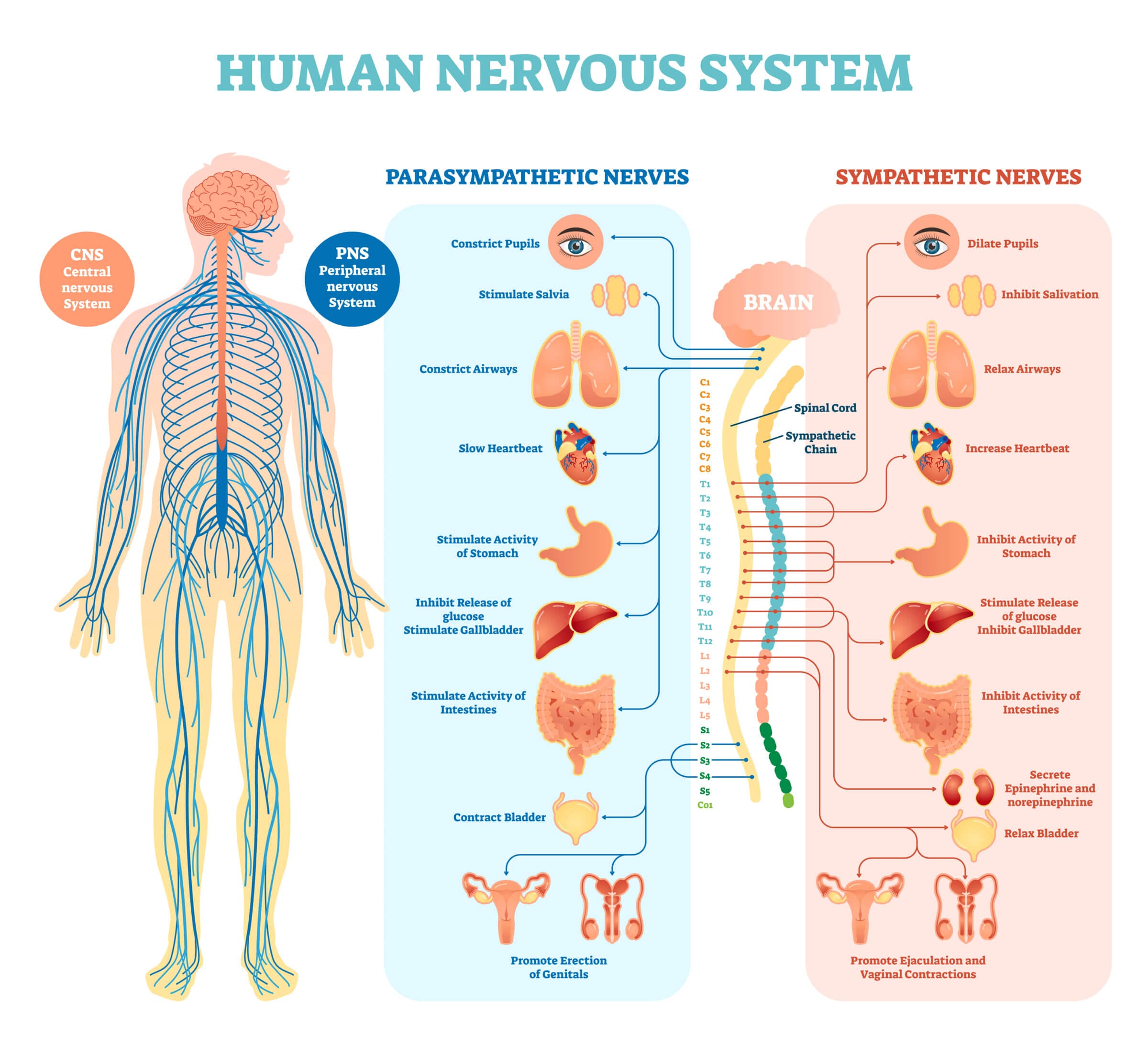
Much like inflammation, there are different types of stress, including acute stress and chronic stress. Acute stress can be beneficial because it forces the body to adapt, rebuild and come out stronger on the other end. Examples of acute stress include exercise, intermittent fasting and plunging into ice-cold water.
On the other end of the spectrum is anxiety-inducing chronic stress caused by things like our everyday lives, our never-ending to-do lists, financial concerns and so on. As I’m sure you already know, chronic stress can wreak havoc on your health and disrupt your sleep.
Stress causes the release of cortisol (aka the stress hormone), an increase in heart rate and blood pressure, and a decline in heart rate variability. While these responses are necessary and healthy in the short-term (i.e., to get us out of a dangerous situation), they make us sick if they become chronic.
Additionally, stress causes an imbalance in the nervous system.
Under normal circumstances, there’s friendly competition between the two branches of the nervous system (which are called the sympathetic branch and parasympathetic branch).
The parasympathetic branch is responsible for rest and digestion, and it’s predominantly active during times when we’re not exposed to stressors. The sympathetic branch kicks in as part of our fight or flight response, and it often takes over when we’re under stress.
While both branches play an important role in keeping us healthy and alive, an overactive sympathetic nervous system can be a sign that the body is suffering from chronic stress and and can prevent important bodily processes (such as cell repair and digestion) from functioning optimally.
How Stress Impacts Your Heart Rate Variability (HRV)
Measuring the difference in timing between heartbeats is an indirect yet effective method for evaluating whether the two branches of the nervous system are in balance. This technique is called heart rate variability (or HRV).
Measuring HRV is the core feature of WHOOP, a sleep and fitness tracker I use on a daily basis. The reason I’m mentioning it here is because I’ve noticed that stress during the day or before going to bed directly influences the quality of my sleep and my HRV during deep sleep. The latter is an excellent indicator of how recovered my body is the next morning.
I’ve also noticed that I usually sleep better (i.e., I get more deep and REM sleep), and wake up with a higher recovery score, when I change the way I perceive stress or reduce my exposure to stress-inducing factors.
To accomplish this, I sometimes practice deep breathing, take a break to visit the backyard and watch my chickens forage for insects, or use TouchPoints.
If you’re interested in learning more about heart rate variability (and how to improve it), check out my list of strategies that increased my HRV.
Bi-Lateral Alternating Stimulation-Tactile Technology (BLAST)
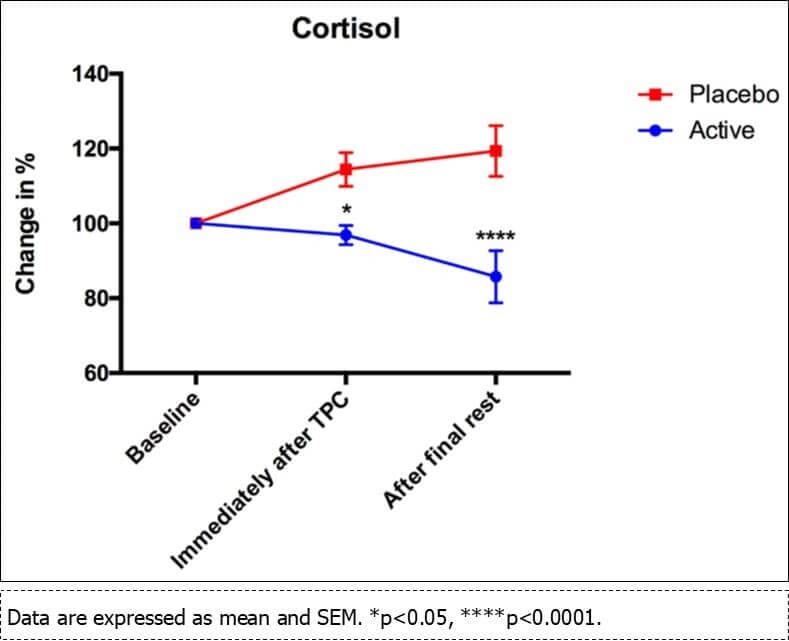
BLAST describes the patent-pending technology that TouchPoints invented to reduce stress and anxiety.
In a nutshell, BLAST relies on tactile stimulation (vibrations) stemming from two wrist-worn devices (one on each wrist) that alternatingly stimulate both sides of the brain with the goal of bringing the two branches of your nervous system into balance.
To prove its efficacy as a stress reduction tool, TouchPoints has conducted a handful of studies that back up its claims. So let’s dig into this evidence to see how good it is.
Scientific Evidence Behind BLAST
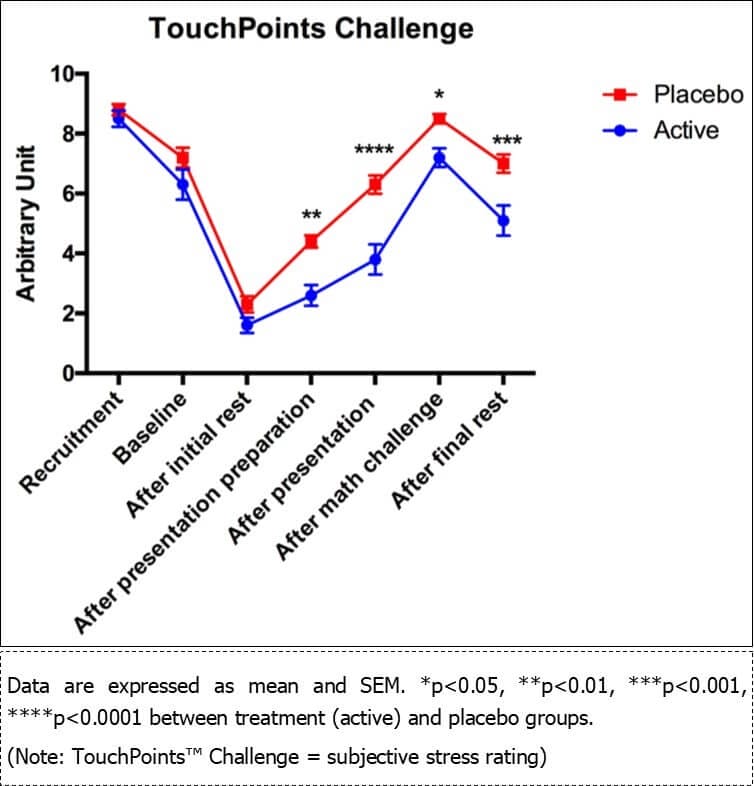
TouchPoints lists 19 academic studies on its research page. I took the time to dig through these studies to learn how they relate to the device and/or the technology TouchPoints is based on (tactile stimulation).
Here’s what I learned from reviewing the scientific evidence:
- Bilateral tactile stimulation as a technology appears to be effective in reducing stress and anxiety, as well as in enhancing memory retrieval.
- BLAST and TouchPoints appear to be effective in reducing stress and anxiety.
- There is a lot about the human stress response (and about the brain in general) that we don’t yet understand.
The caveat to #2 in the list above is that the findings stem from a single triple-blind, placebo-controlled randomized trial that hasn’t yet been peer-reviewed and that was sponsored by TouchPoints.
All of the other neuroscience research supporting the efficacy of TouchPoints and its BLAST technology is based on studies the company conducted involving small groups of subjects (in all cases except for this one) and subjective ratings of emotional stress.
Additionally, it’s worth noting that some of the scientific evidence TouchPoints lists on its research page relates to brain studies that are only indirectly relevant to the company’s wearable device and/or its BLAST technology.
For example, one study highlights changes in brain activity in people who watched others receive tactile stimulation (such as getting their hand poked with a needle). While that’s fascinating in general, it does not provide direct support for the effectiveness of TouchPoints.
Still, after cutting through the noise, I decided there was sufficient evidence to give TouchPoints a shot.
The TouchPoints Solution
Stress is hard to quantify because two people may perceive the same stressor entirely differently. For example, some people thrive when confronted with a challenge and others crumble.
I consider myself someone who can handle most types of stress relatively well, but even I occasionally reach a point where I get overwhelmed. On the bright side, that doesn’t happen very often. On the down side, it makes it more difficult to assess the effectiveness of a device like TouchPoints.
As such, I tried to identify moments in my daily life where I had so much stuff going on that my productivity started to suffer; those were the moments when I slapped on this wearable to see if it would make a difference.
In short, the answer is “yes” — I did feel better within a few minutes of putting on TouchPoints.
I can’t know for certain whether that was because I acknowledged the stressor and actively tried to counter it, or because of the tactile stimulation on my wrists. However, based on the available anecdotal and scientific evidence I’ve seen, I’m confident that BLAST played a role in changing how I perceived stress in these moments.
Pros
- Early research supports its effectiveness.
- Less expensive than competing products.
- Offers alternatives to wearing the device on your wrists.
- Available for kids and adults.
- Offers wristbands in various colors.
- Has been shown to help patients with ADHD, autism and post-traumatic stress disorder.
Cons
- Ease of use (having to wear two straps can be an inconvenience).
- Plain design.
- The traditional watchband design can make it difficult to put on TouchPoints.
How TouchPoints Works
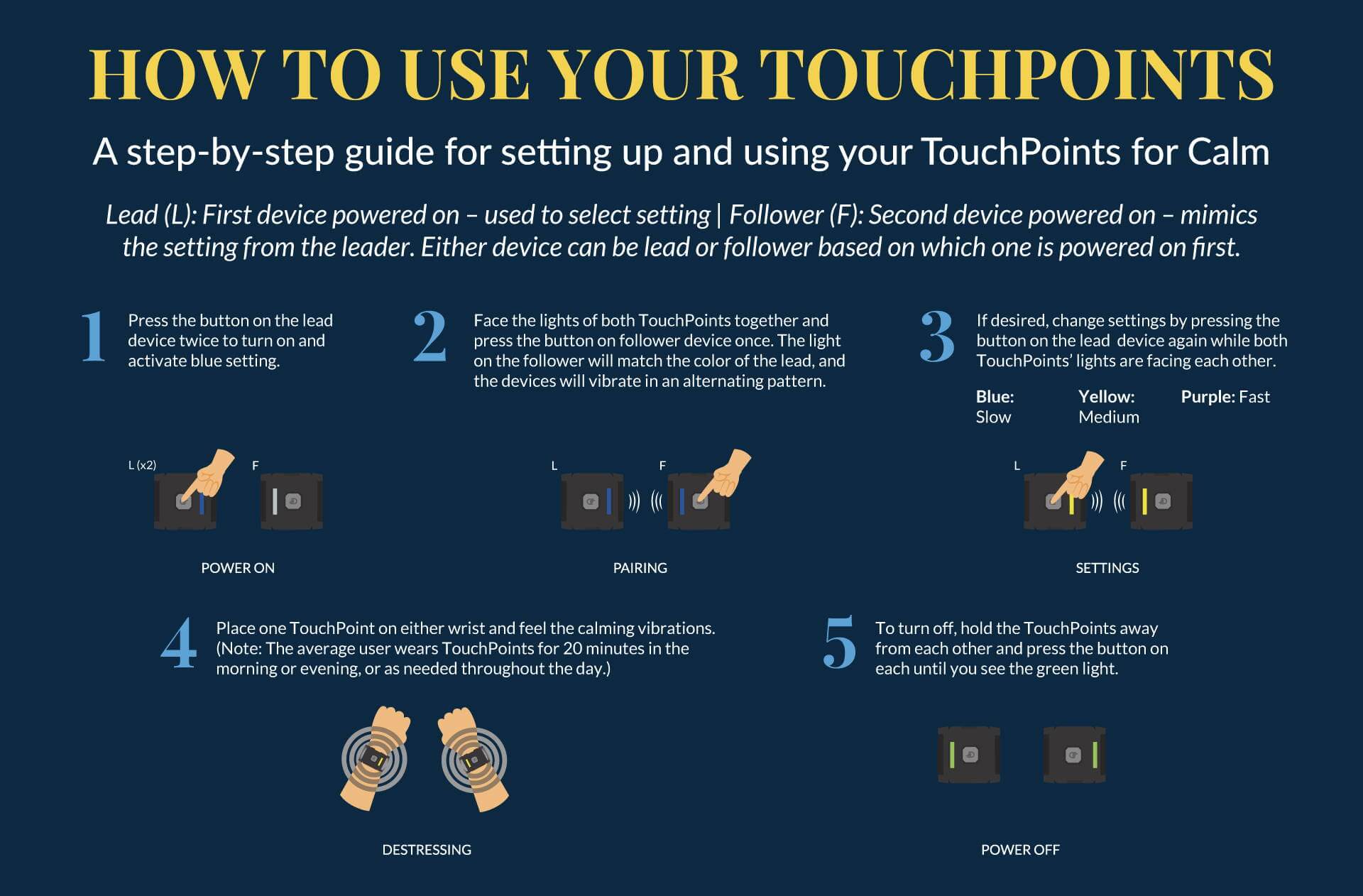
TouchPoints looks like a set of wristwatches that, when activated, alternatingly vibrate using a haptic engine. If you own a smartwatch, such as an Apple Watch, you’re likely familiar with the concept of a haptic engine; it’s the part of your watch that causes it to vibrate when you receive a notification. However, the haptic engine in TouchPoints is several times stronger than that of the Apple Watch.
As indicated above, TouchPoints works by activating both hemispheres of the brain via tactile stimulation. In other words, the two TouchPoints devices vibrate alternatingly on your wrists, which engages the left and right hemispheres of the brain.
Based on what I’ve gleaned from the scientific information the company has posted, there is still a lot to be learned about how exactly bi-lateral tactile stimulation influences the body’s stress response. But it appears that the activation of certain areas in the brain — including the prefrontal cortex, an increase in oxygenated red blood cells (haemoglobin) in the right superior temporal sulcus (the brain region that is important for numerous aspects of social cognition), and neurogenesis (the creation of new neurons) — has something to do with it.
As a result of these neurological effects, TouchPoints causes the upregulation (i.e., the stimulation) of the parasympathetic nervous system (which is responsible for rest and digestion).
On the flip-side, TouchPoints appears to be downregulating the sympathetic (the body’s fight or flight response) branch of the nervous system.
Cortisol is also known as “the stress hormone,” and measuring it is one of the most effective ways of quantifying stress.
The good thing about TouchPoints is that you can feel its effects almost immediately. Based on the case studies the company has conducted, many of its users have reported a change in how they perceive stress in as little as 30 seconds. Plus, the triple-blind study I referenced above has shown a reduction in cortisol levels as long as 20 minutes after using TouchPoints.
Unfortunately, we don’t know yet how long the effects of TouchPoints last (beyond 20 minutes) because nobody has tested it as part of a clinical trial.
The Good, The Bad and The Ugly
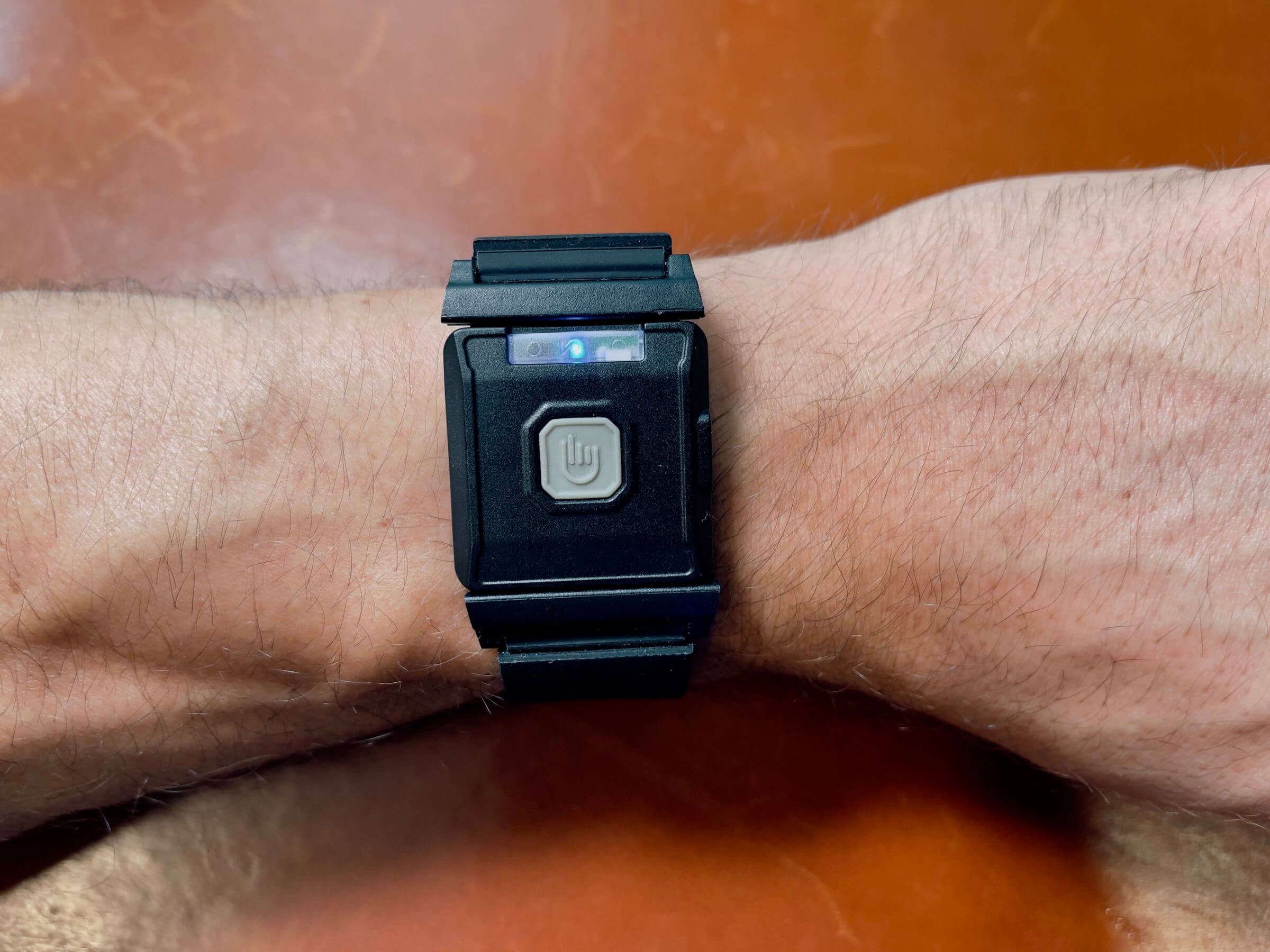
What I really like about TouchPoints is its price. At $190, it’s much more affordable than some of the other stress-relief devices on the market.
I also like TouchPoints’ simplicity. It does only one thing — relieve stress — but it does that one thing very well.
The downside to this simplicity is that TouchPoints lacks some of the features offered by competing devices, including:
- Different programs to achieve specific goals (such as stress relief, improved energy and increased focus).
- A mobile app to track progress and provide feedback on its effectiveness.
- A slick design.
While I’d like to have some of these features, I appreciate that the core competency of TouchPoints (stress relief) is what most people are looking for. Plus, by cutting out the bells and whistles, TouchPoints can keep the device’s price low and attractive.
The one thing that I most struggled with was the fact that I had to wear both TouchPoints modules simultaneously. I wear an Apple Watch on my left wrist and a WHOOP strap on my right, and slapping on two more devices (without taking both my Apple Watch and WHOOP strap off) is a pain in the butt.
The situation is exacerbated by the type of strap and closure TouchPoints uses.
Closing the strap with one hand is challenging, especially if you already wear a watch or similar device on that wrist. If TouchPoints offered a loop-type-strap, such as Apple’s Sport Loop, putting on the TouchPoints modules would be so much easier.
To be perfectly honest, the inconvenience of having to take off my Apple Watch and WHOOP strap to use TouchPoints was the reason I initially didn’t use the device as much as I had intended to.
The good news is that you can pay $15 more and upgrade to a stainless steel mesh strap that looks and works similar to Apple’s Milanese loop. I didn’t get a chance to try it, but I can imagine it would make taking TouchPoints on and off much easier.
Alternatively, the company also offers clips you can use to attach TouchPoints to your clothing (e.g., socks, pants pockets or bra) instead of wearing them on your wrist. I did get a chance to try these, and found that they made a huge difference for me (encouraging me to use TouchPoints several times a day instead of once every few days).
If you’re interested in wearing TouchPoints to relax before falling asleep, you can also consider the zippered sweatbands the company sells.
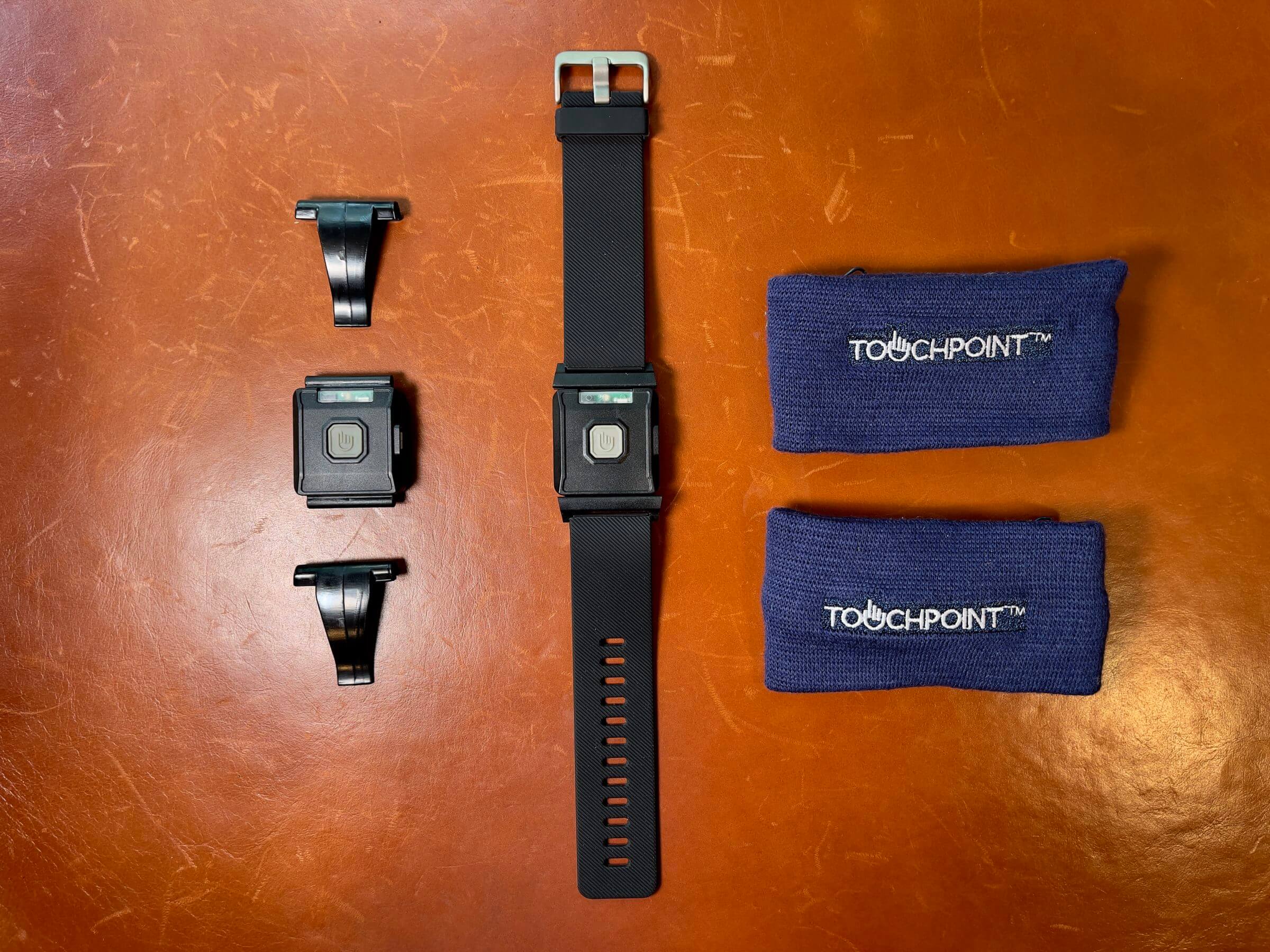
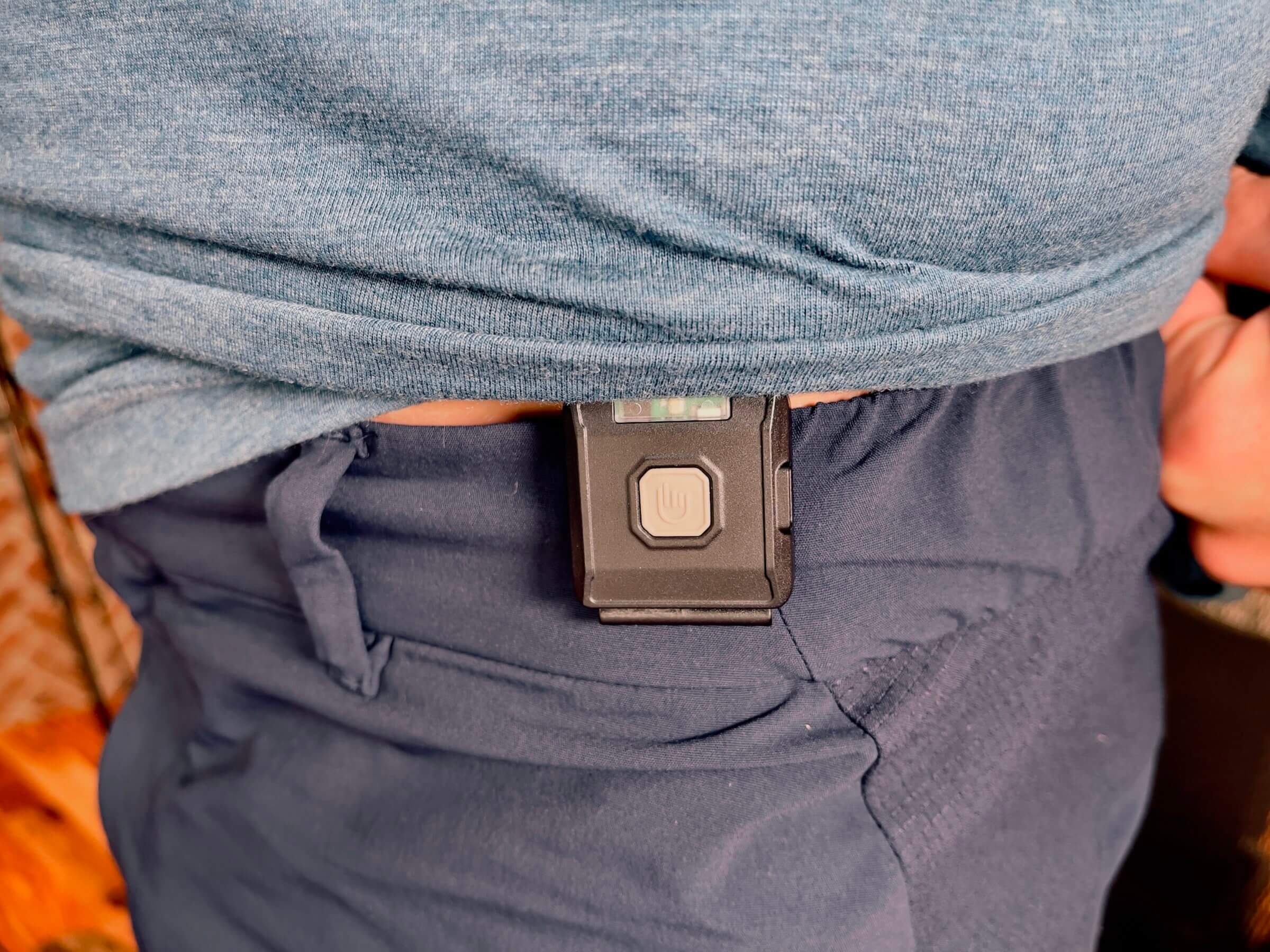
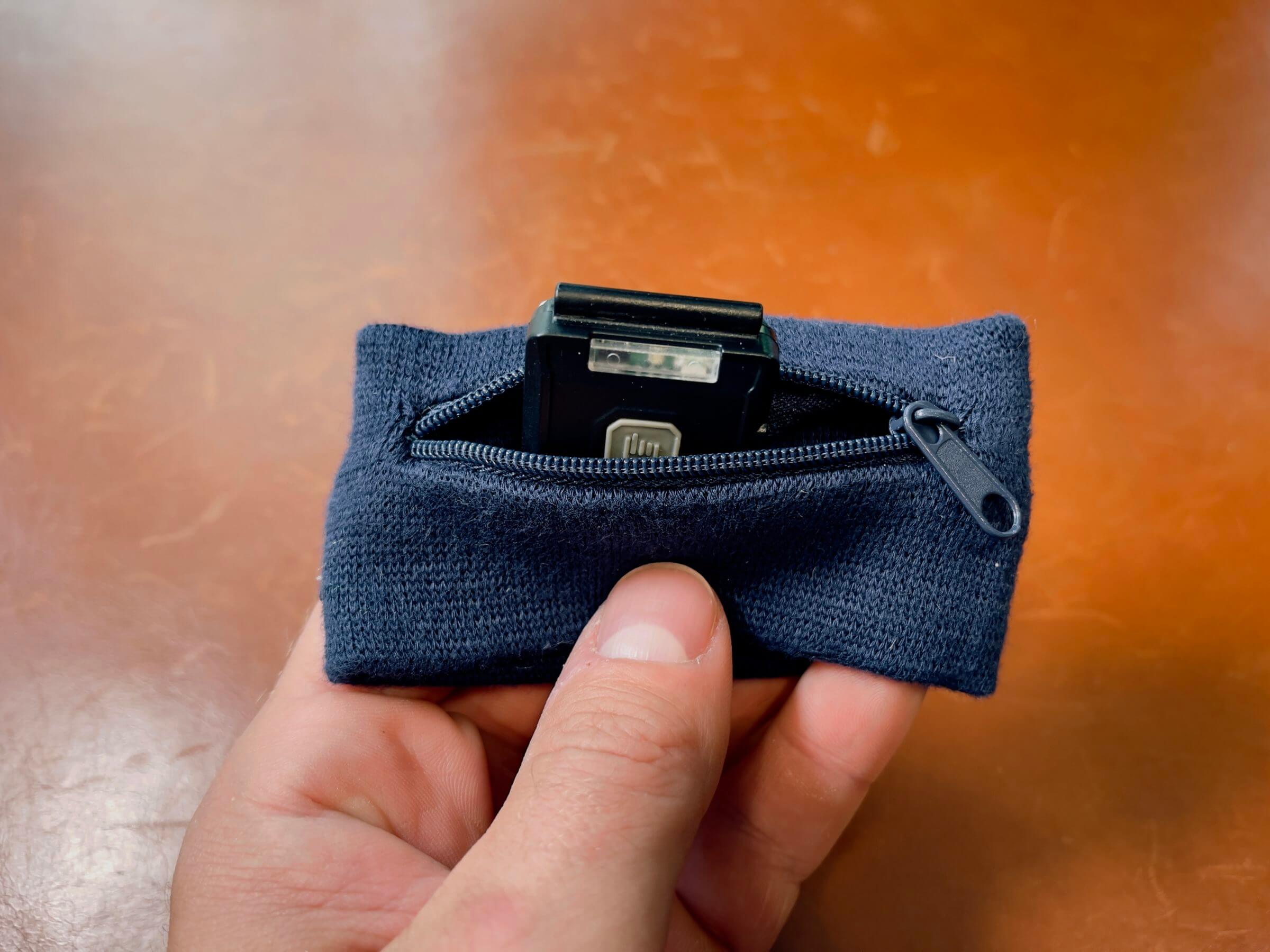
It’s important to keep in mind that skin contact is not necessary! TouchPoints is effective so long as the vibrations are synced properly and felt on both sides of the body. There is no difference in effectiveness if you wear TouchPoints around the wrists, arms or ankles, clipped to clothing, placed in pockets/socks, or simply held in both hands.
If you want to give TouchPoints a go, I would carefully consider these options and pick the one that makes the most sense for your intended use cases. Now that I know everything I know about TouchPoints, I’d use the clothing clips exclusively during the day and the zippered sweatbands for sleep.
What’s in the Box
When you order TouchPoints you get two wearables (one for each wrist), a dual-pronged micro-USB charging cable, a linen carry bag and a quickstart guide.
In addition to all that, the devices come with a one-year limited manufacturer’s warranty and damage insurance. Moreover, you get a free consultation with a customer experience specialist who can help you get the most out of your devices.
Pricing
As I mentioned above, you can get a pair of TouchPoints with a silicone strap for $189.99. For $15 more you can upgrade to a stainless steel mesh strap that looks fancier and more elegant.
Clothing clips cost $9.99 and the zippered sweatbands are $29.99 per pair.
If you decide to give TouchPoints a try, make sure to use promo code MK to get 12% off your order.
TouchPoints vs. Apollo Neuroscience
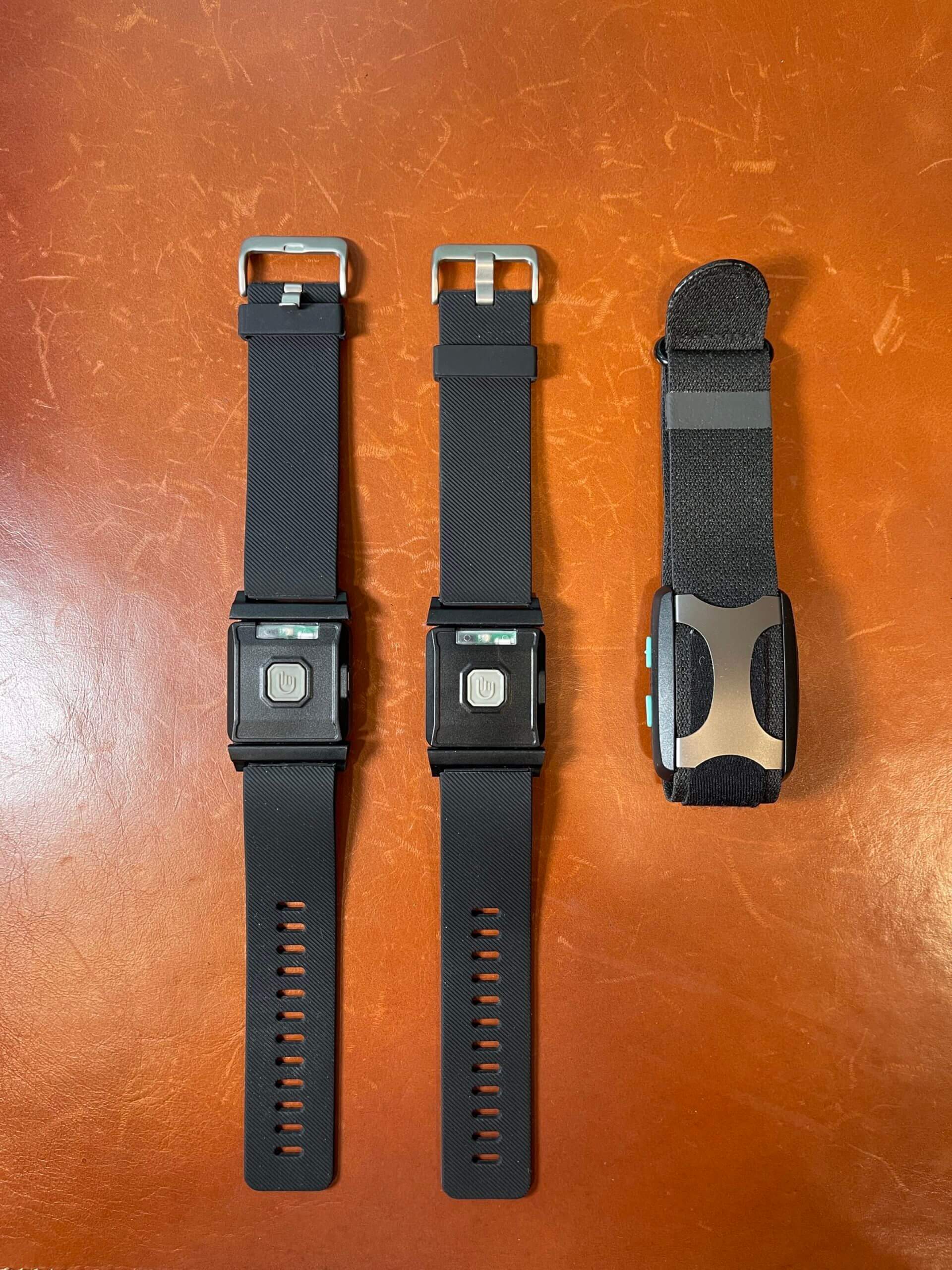
The primary reason why I reached out to TouchPoints and asked for test units was because a reader of my Apollo Neuro review asked me how the two devices compare.
In a nutshell, both wrist-worn devices are effective (as far as I can tell) at reducing stress. However, that’s where the similarities end.
TouchPoints considers bi-lateral tactile stimulation to be more effective than Apollo’s unilateral approach. As a result, you have to wear one TouchPoints device on each wrist (or one on each side of your body), whereas you can wear Apollo on just one side (i.e., on a single wrist or ankle).
Apollo’s strap is akin to Apple Sport Loop, and is thus relatively easy to put on and take off. The strap TouchPoints ships with can be more of a hassle to put on. However, TouchPoints offers alternative ways of wearing the TouchPoint devices that might be even more convenient than a wrist loop (as described in the previous section).
Additionally, TouchPoints is meant to reduce stress only and it can’t upregulate your sympathetic nervous system like Apollo can. The latter also offers a more feature-rich mobile app to pick between various programs that influence your nervous system in different ways (e.g., boost energy vs. wind down).
These differences are reflected in the pricing of each device. You can get TouchPoints for as little as $190 whereas Apollo costs $350.
Ultimately, the decision about what device is best for you boils down to your individual needs and goals. If your primary goal is stress relief, TouchPoints is an excellent and relatively inexpensive option!
How We’ve Used TouchPoints to Reduce Stress
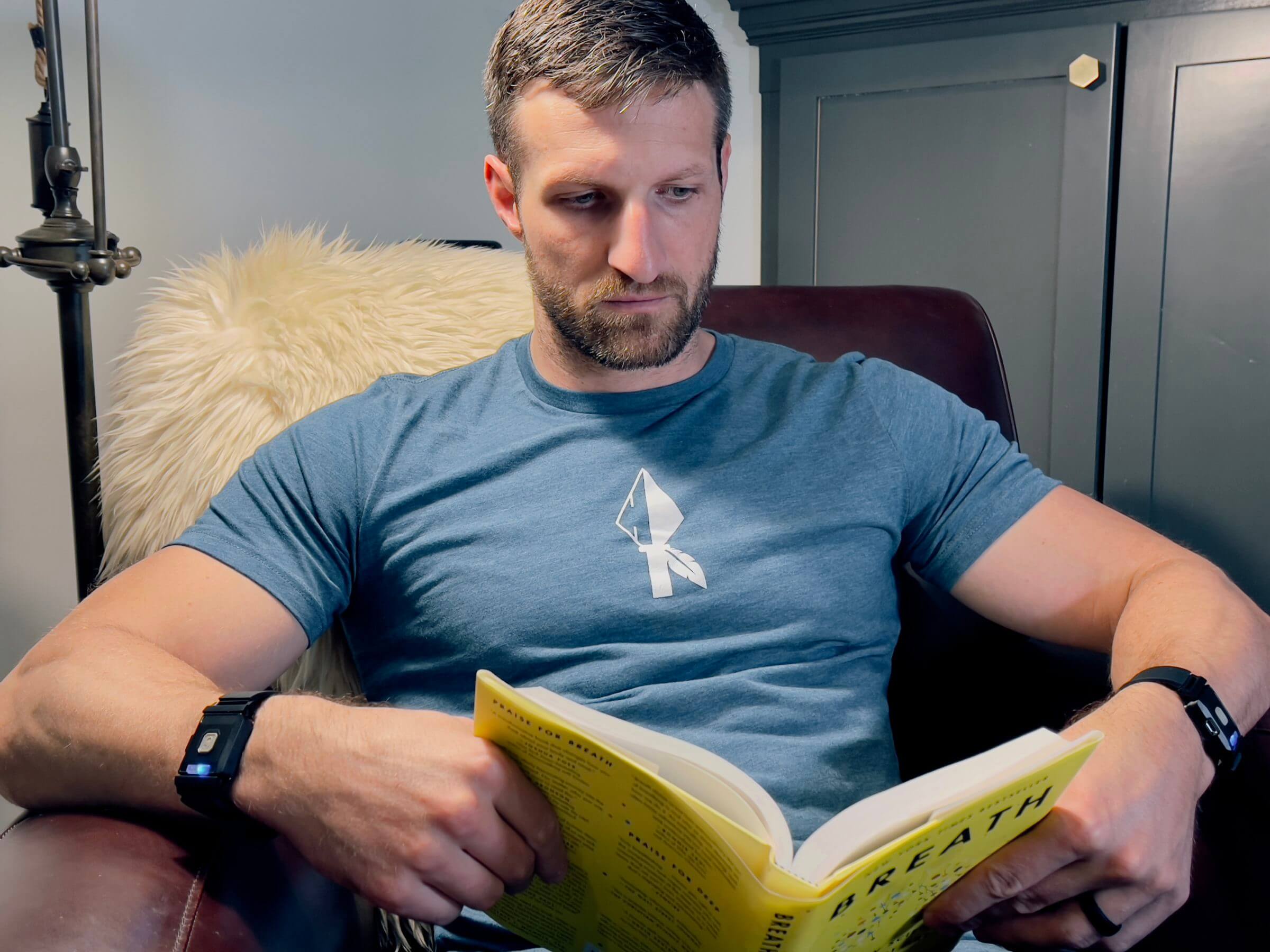
As I mentioned above, both my kids and I have used TouchPoints for several weeks.
My wife and I taught our seven-year-old to use TouchPoints whenever she noticed that she was constantly thinking about events that happened in the past or that might happen in the future. I’m convinced that most of the chronic stress and anxiety we experience stems from past and future events, and that’s why we explained to her to watch out for those thoughts (especially before bedtime).
I don’t know for certain how good she is yet at identifying thoughts that match the above description, but I noticed her wearing TouchPoints several times while she was reading a book in her bed.
When asked the next morning if wearing TouchPoints made a difference in how she felt, her honest answer was often that she didn’t pay attention. That’s what I meant at the beginning when I said that I haven’t collected enough data points from the kids yet; I want to make wearing TouchPoints a fun experience instead of a scientific experiment for them. As a result, it’ll take a few more weeks to get a good assessment of whether or not the device helps them.
However, I can tell that she never came out of her room while wearing TouchPoints to tell us about a fear or excitement she was experiencing at the moment — something she usually does several times a month, and a sign that her young brain is dealing with thoughts and emotions she might not be able to process on her own yet.
So I’ll keep teaching her to become more self-aware and will update this article in a few weeks as I gain more insight into how TouchPoints impacts the way she perceives stress.
As far as I’m concerned, I’ve been enjoying the calming effects of TouchPoints from the get-go and I’ll keep them in the drawer of my office desk to use whenever I feel the stress at work is getting to be more than I can handle.
Frequently Asked Questions
TouchPoints was designed as a bilateral stimulation device. As a result, you have to wear both modules (one on each side of your body) to get the desired stress-reduction benefits.
The good news is that the modules don’t have to be in direct contact with your skin to be effective. You can just stick them into your pockets or clip them to your clothes.
TouchPoints aren’t waterproof but they are splash resistant. That means you shouldn’t freak out if you accidentally splash them with water while washing your hands. But don’t take them into the shower with you or go for a swim without taking them off first.
Many people experience the positive effects of TouchPoints almost immediately. For others, including myself, it might take a few minutes.
The battery in TouchPoints lasts up to four hours and it takes two to three hours to fully recharge them using the included micro-USB cables.
Yes, TouchPoints offers a kids’ version that comes with a smaller strap, which is the only difference between the adult and kids’ versions.
Based on the manufacturer’s information, TouchPoints emits an infrared-based electromagnetic field (EMF) for about 30 seconds when you power up the device, as well as during the pairing process.
Additionally, the haptic engine that allows the device to vibrate emits a magnetic field with every pulse (vibration). I measured a reading of 22 mG with my EMF meter, which is relatively strong compared to the magnetic fields you would find elsewhere in your household.
The good news is you don’t have to use TouchPoints for more than two 20-minute to 30-minute sessions per day, which limits your EMF exposure.
Final Verdict
TouchPoints can be a valuable tool to help fight stress and anxiety in both kids and adults, and I think that there is sufficient scientific and anecdotal evidence to support its effectiveness and to warrant giving it a try.
However, that doesn’t mean that you should use technology as your primary method to manage stress. Your main goal should always be to make the appropriate lifestyle changes to help you live a calmer and more fulfilled life. So work on improving your sleep, exercise, eat well, reconnect with nature, go for a walk, or practice mindfulness and deep breathing.
TouchPoints can help you fill the gaps in your stress-management efforts and it can make it easier to implement other strategies. For example, if you have trouble falling asleep due to racing thoughts, TouchPoints can calm your mind, increasing your chances of falling asleep quicker and getting a good night’s rest.
I like to compare TouchPoints to a vitamin supplement (such as freeze-dried beef liver — nature’s best multivitamin). It doesn’t replace fresh food but it can help fill the gaps you might not have even known existed.
So give it a try and let me know how it worked out for you by leaving a comment below!

Michael Kummer is a healthy living enthusiast and CrossFit athlete whose goal is to help people achieve optimal health by bridging the gap between ancestral living and the demands of modern society.
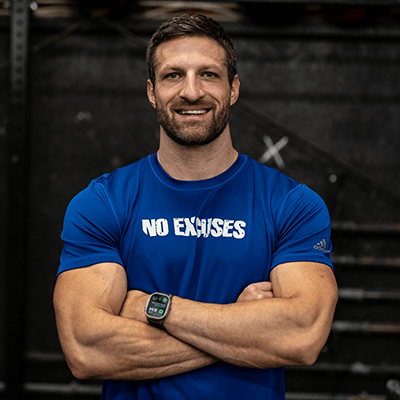
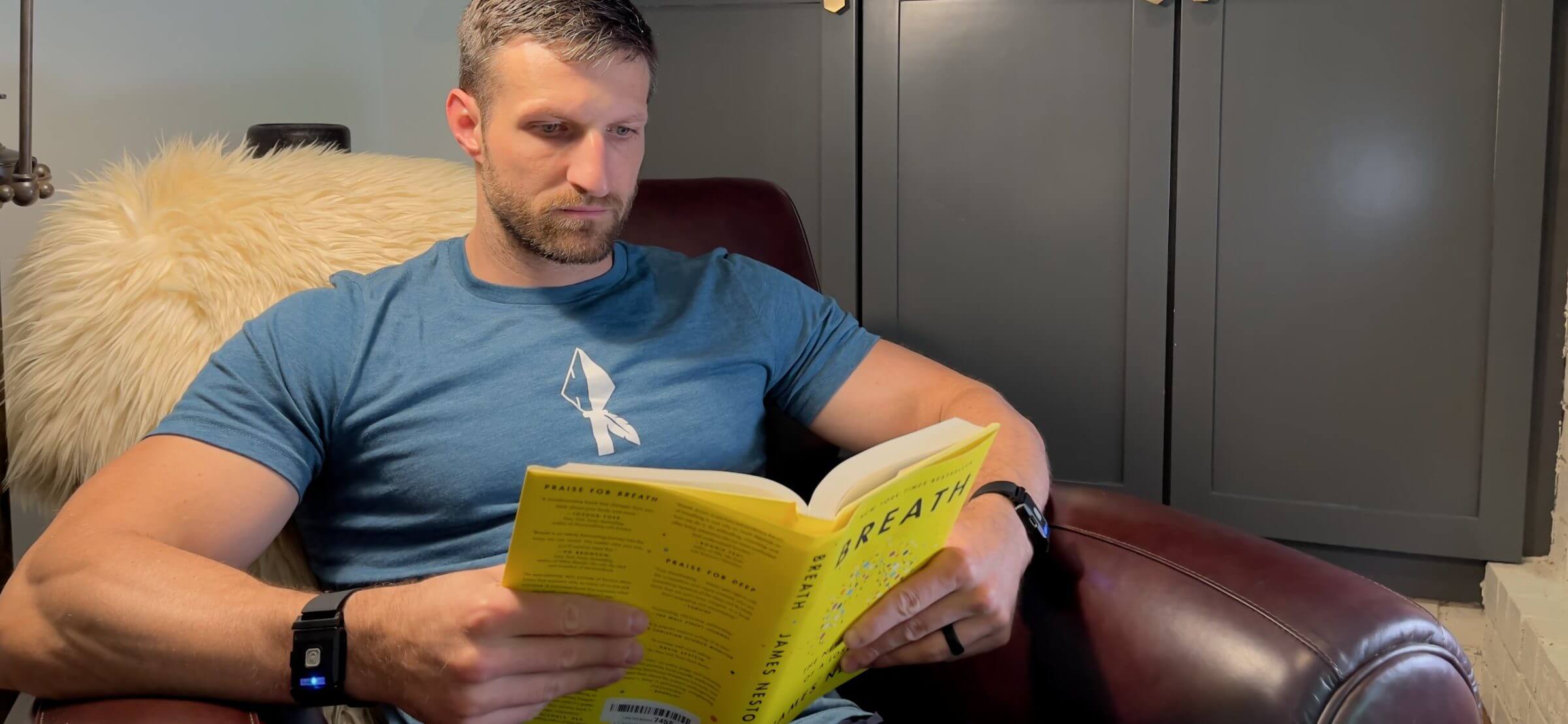

Hi Michael, are you still using touchpoints and apollo neuro? or just one of them? tks
My wife and the kids use Touchpoints a lot and I use Apollo.
Thanks for this review Michael and for so generously responding to my email query. That is unusual these days and I greatly appreciated it.
B
You’re most welcome, Brenda!
You say that Touchpoints can’t help with focus, etc but they can according to the website. Unfortunately, the information on that is a little hard to find IMO. I will probably need to make myself a little list of which of the three settings they recommend for things I deal with.
How stretchy are the sleep wrist bands? I’m having trouble finding something that is suitable for fatter folks. The included wrist band is barely suitable for me and only fits me close to my hand.
Hi Lisa!
The sleeves are smaller than the regular straps but you might have to try the clothing clips instead.
Cheers,
Michael
Is there a reason you censored my comment? It is supposed to help everyone, please consider. Thank you.
Hey J!
I didn’t think I censored your post so I checked the trash and spam folders and found 108 comments that my spam plugin automatically deleted (by accident). I just un-deleted all of them and will now go through each one. It’ll take me a bit to moderate and respond but I suspect yours might be in the mix :)
Sorry about that.
Cheers,
Michael
Our natural biological setting is the parasympathetic calm relaxed mode, so the fact that we are always stressed means that our environment has changed, as it is the mitochondria that regulate the cell cycle accordig to the environment. Yes, societal patterns seem stressful, but if our core need for safety is met, we stay in the resting home base of relaxation and calm. Neuroscience has negected the fact that we are continually living in a sate of stress to our nervous system caused by man-made electromagnetic interference that emits unnatural, antibiological energies… all science is supposed to control for confounding factors and no study to date has shown to hold to this principle, therefore all results may be misattribution, ignoring the profound effect of even low levels of toxic radiation which today, is mostly in the form of microwave and radiofrequency from wireless tech for these reasons: it by it’s function, saturates the entire environment, it is pulse modulated, which is the most toxic component of the emission, more so than power level, the wave patterns are the most deviated from nature.
Genocide is not always in the typical theatric form that is easy to identify. As long as people are knowingly, intentionally being poisoned in such a way that leads to death and disability, especially when certain kinds of people are hurt more (in this case, those with a history of trauma, including epigenitically inherited, or even certain genetic types that are more sensitive by nature to all energy), we are responsible for the dire consequences of the “wireless society” when we use the technology. As the ordinary law would uphold, ignorance does not excuse one from culpability or responsibility. As well, there is enough information freely available to make a responsible choice. We are more responsible for health effects caused to others than ourselves when we make a choice, as that line into another’s body violates the foundational principle of personal space, personal inheritance, personal responsibility. In order to afford anyone personal choice we must not overturn it with our own. Please see research on man-made electromagnetic fields, especially those employing wireless tech on the sympathetic nervous system.
Hi Elantia,
I have written about EMFs in this article.
Cheers,
Michael
My wife had a difficult delivery for our first baby, that was born one month after the pandemic began. I was in the delivery room then didn’t see my wife for 3 days. Baby made it out fine, but it was totally overkill by our hospital at the time. They didn’t know much about the virus then. Baby came early due to my wife’s stress being so much it raised her blood pressure! The doctor feared pre-eclampsia so they opted for a C-section at 34 weeks. Everything felt out of control and it was a traumatic experience for her. She deals with PTSD because of it. She’s been seeing a therapist who specializes in trauma and working through things like this.
Fast forward to the end of last year: right before Christmas we discovered she’s pregnant again, but now with twins! So she’s still classified as a “high risk” pregnancy. She still feels like things could spiral out of control again and she has difficulty keeping her blood pressure down when she’s at the doctor. I’ve been looking at ways she could help this – she’s being doing MBSR by Jon Kabat-Zinn, and for the day to day stuff I think this TouchPoints device may be perfect to help her. Since she’s pregnant, she can’t just take medication or herbs to try and lower anxiety. We expect the twins to come in July, and I can tell that her stress has been growing as each day passes.
I know myself that EMDR training can help to reduce stress, and this device seems to have a similar output (stimulate each side of the body, which can stimulate each side of the brain). I can see why this would work in a stressful time.
Anyway, just wanted to thank you for this comprehensive review. I’ll be discussing the TouchPoints device with my wife tomorrow. I likely never would have found it had I not read your Apollo Neuro review first (which was also excellent). This is my first time to your site. Just figured I’d say “thanks”!
Thanks for stopping by and for sharing your experience, I appreciate it!
In addition to gadgets like Apollo and TouchPoints, I also recommend looking into nasal breathing techniques. The latter is an effective way to down-regulate the sympathetic nervous system.
Cheers,
Michael